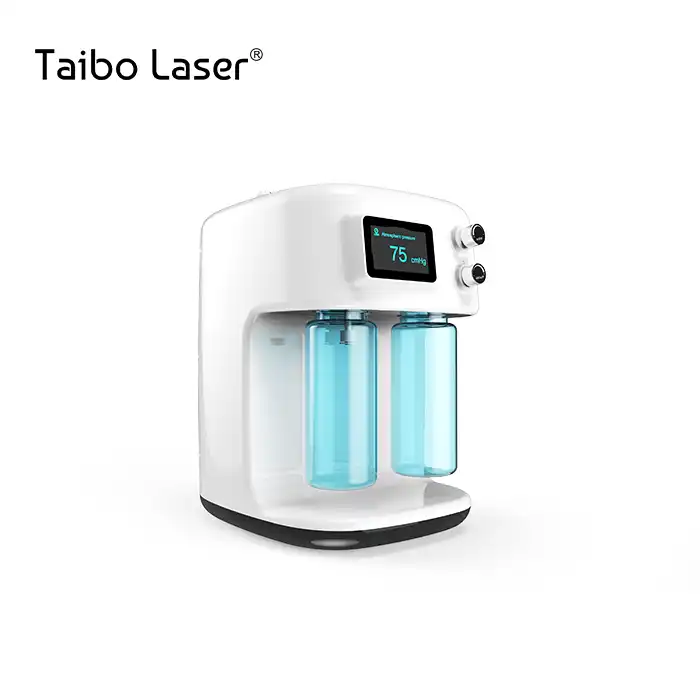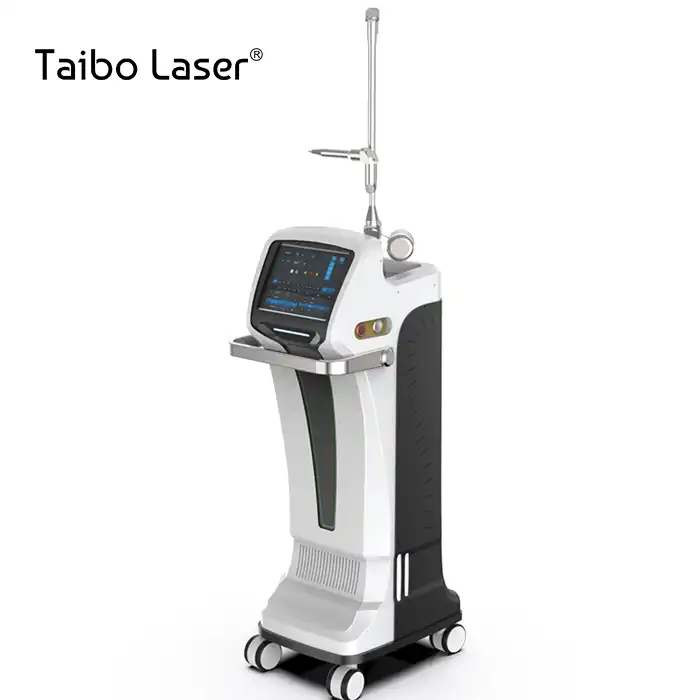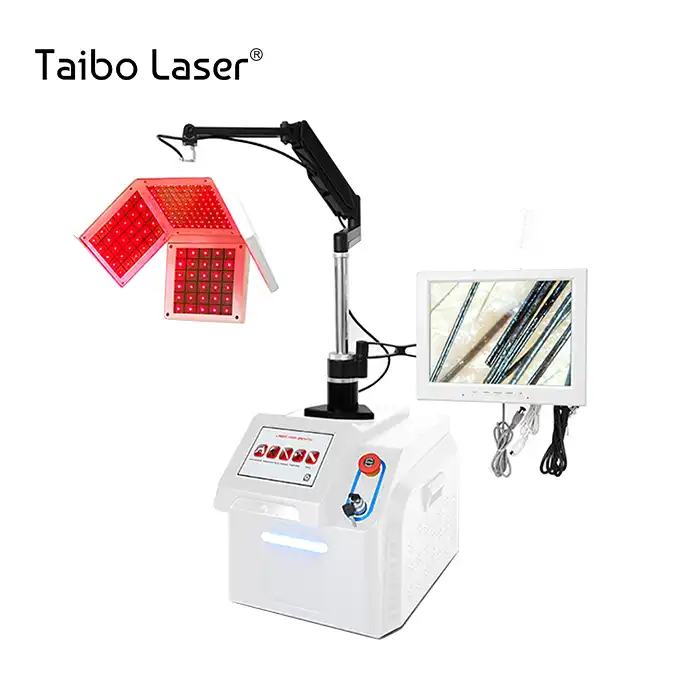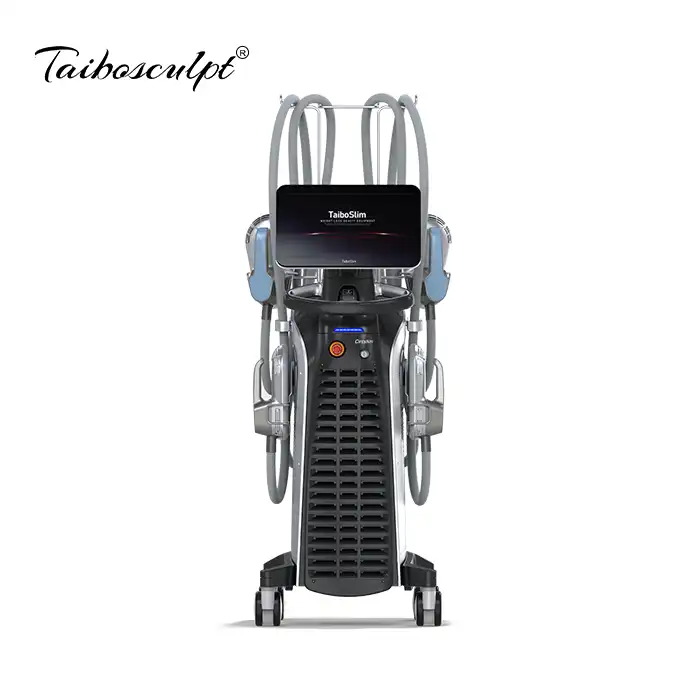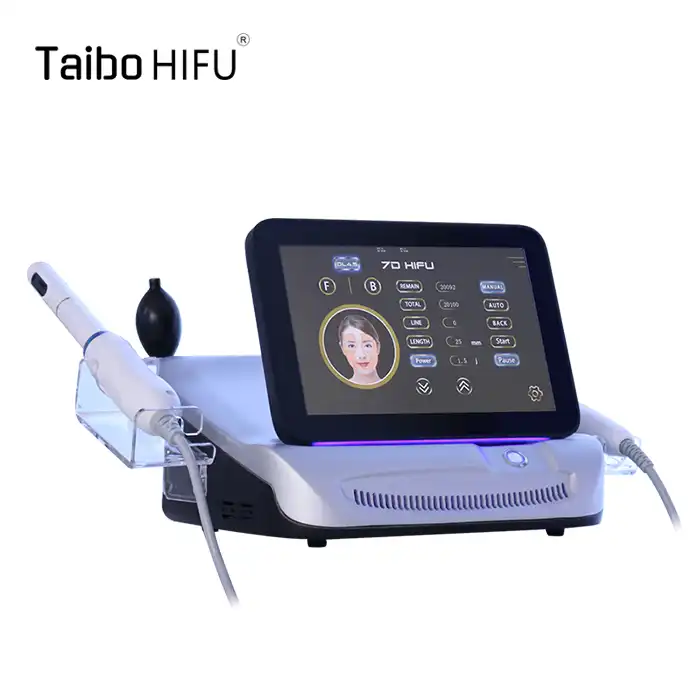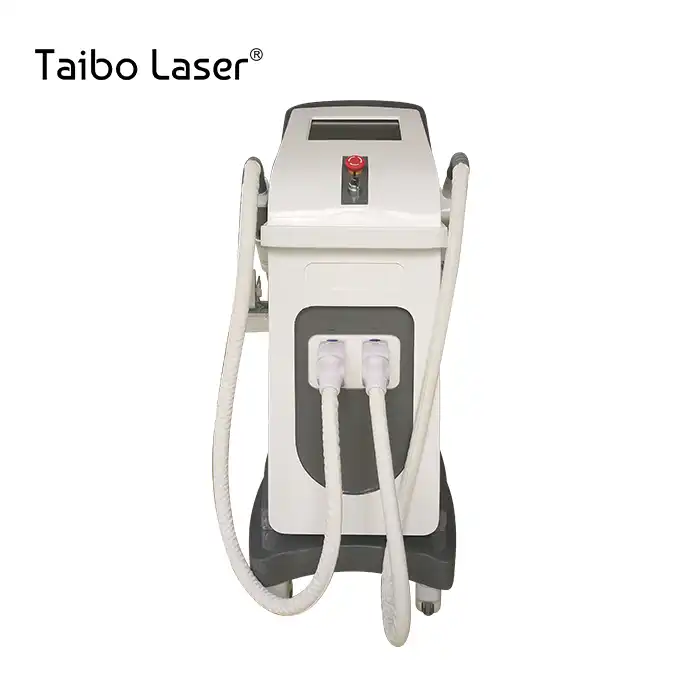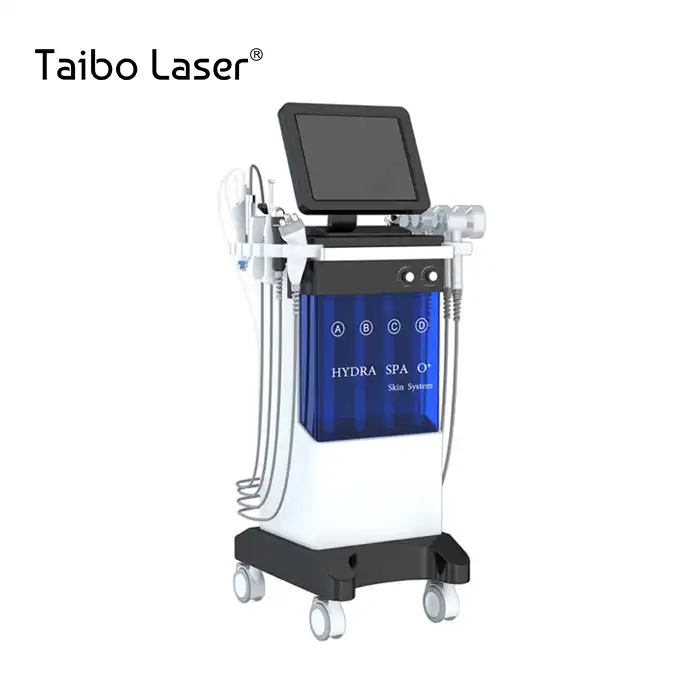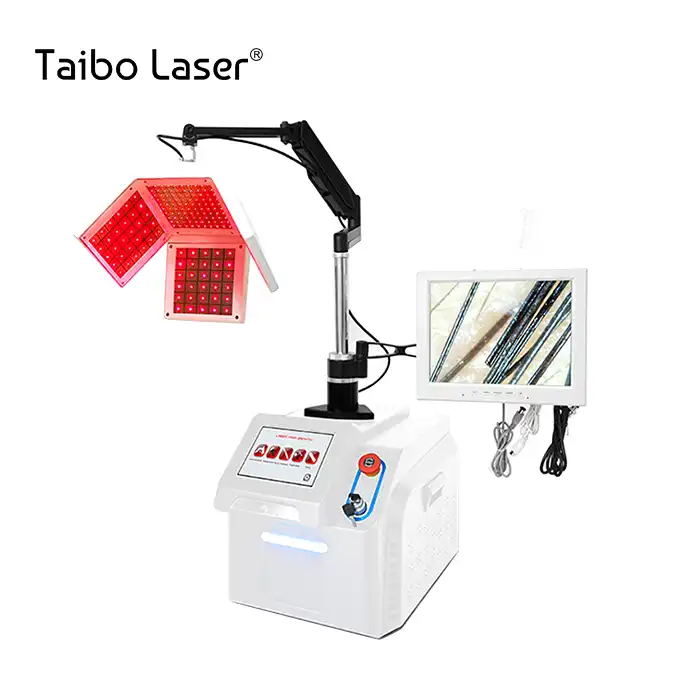The Science Behind Fractional CO2 Laser Technology
Laser Wavelength and Energy Delivery
Fragmentary CO2 laser innovation utilizes a particular wavelength of 10,600 nanometers, which is profoundly ingested by water particles in the skin. This wavelength permits for exact focusing on of skin cells, vaporizing water-containing tissue and making tiny warm zones. The laser vitality is conveyed in a fragmentary design, treating as it were a division of the skin's surface at a time, which empowers fast recuperating and minimizes the hazard of side impacts.
Ablative vs. Non-Ablative Fractional Lasers
fractional co2 lasers fall into the category of ablative lasers, meaning they remove thin layers of skin. This is in contrast to non-ablative fractional lasers, which heat the underlying skin tissue without removing the surface layer. Ablative fractional CO2 lasers offer more dramatic results but typically require more downtime for recovery. The choice between ablative and non-ablative treatments depends on the specific skin concerns being addressed and the desired outcome.
Customizable Treatment Parameters
One of the key advantages of modern fractional CO2 fractional laser machines is their ability to customize treatment parameters. Practitioners can adjust the laser's energy level, pulse duration, and density of micro-thermal zones to tailor the treatment to each patient's unique skin type and concerns. This flexibility allows for a wide range of applications, from gentle resurfacing to more aggressive treatments for severe skin damage.
Benefits and Applications of Fractional CO2 Laser Treatments
Skin Rejuvenation and Anti-Aging
Fragmentary CO2 laser medications are exceedingly compelling for by and large skin revival and tending to signs of aging. The laser fortifies collagen generation, which makes a difference to make strides skin versatility and diminish the appearance of fine lines and wrinkles. Additionally, the treatment can offer assistance to indeed out skin tone and surface, coming about in a more young and brilliant complexion. Many patients take note critical changes in skin immovability and a lessening in the appearance of age spots and sun harm.Acne Scar Treatment
For individuals struggling with acne scars, fractional CO2 laser therapy offers a promising solution. The laser's ability to create controlled micro-injuries in the skin promotes the breakdown of scar tissue and stimulates the growth of new, healthy skin cells. This process can significantly improve the appearance of both shallow and deep acne scars, leading to smoother, more even skin texture. Multiple treatments may be necessary for optimal results, especially for more severe scarring.
Addressing Pigmentation Issues
Fractional CO2 laser treatments can also effectively target various pigmentation concerns, including melasma, age spots, and sun-induced hyperpigmentation. The laser energy breaks down excess pigment in the skin, allowing it to be naturally eliminated by the body. As new skin cells form during the healing process, they tend to have more uniform pigmentation, resulting in a more even skin tone. However, it's important to note that post-treatment sun protection is crucial to maintain results and prevent new pigmentation issues from developing.
The Fractional CO2 Laser Treatment Process
Pre-Treatment Consultation and Preparation
Some time recently experiencing a fragmentary CO2 fractional laser machine, patients regularly have a discussion with a qualified practitioner. During this assembly, the specialist surveys the patient's skin concerns, therapeutic history, and treatment objectives to decide if they are a appropriate candidate for the procedure. The professional may moreover give pre-treatment informational, such as maintaining a strategic distance from certain skincare items or solutions that might increment affectability or meddled with recuperating. Appropriate planning makes a difference guarantee ideal comes about and minimizes the hazard of complications.
The Treatment Session
On the day of treatment, the practitioner begins by cleansing the skin and applying a topical anesthetic to minimize discomfort. Once the anesthetic has taken effect, the fractional CO2 fractional laser machine is used to deliver precise pulses of laser energy to the treatment area. The procedure typically takes 30 to 90 minutes, depending on the size of the area being treated and the intensity of the treatment. Patients may experience a sensation of heat or mild discomfort during the procedure, but the topical anesthetic helps to manage this.
Post-Treatment Care and Recovery
Following the treatment, patients can expect some redness, swelling, and a sensation similar to a sunburn. The practitioner will provide detailed aftercare instructions, which may include applying specialized skincare products, avoiding sun exposure, and refraining from certain activities for a short period. The initial recovery phase usually lasts 5-7 days, during which time the treated skin will peel and reveal fresher, healthier-looking skin underneath. Full results typically become apparent over the next few months as collagen production continues to improve skin texture and tone.
Conclusion
Fragmentary CO2 laser innovation speaks to a noteworthy progression in skin reemerging medicines, advertising noteworthy comes about with diminished downtime compared to conventional strategies. By understanding how this inventive treatment works and its different applications, people can make educated choices approximately their skincare options. As with any restorative strategy, it's pivotal to counsel with a qualified proficient to decide if fragmentary CO2 fractional laser machine is the right choice for your particular skin concerns and goals. If you need to get more data approximately this item, you can contact us at susan@taibobeauty.com.














